Where to Go in Mallorca
The Weekly Market of Alcudia
When we visited Mallorca for our hiking trip earlier in the autumn, we stayed – like most visitors of the island – in a beach resort.
Many people, specifically families, spend happy holidays in places like Port d’Alcudia, but you will rarely hear anyone rave about their beauty. This is because they were not designed to be beautiful but only to serve as functional places where you can find somewhere to swim, to shop, to eat, to meet other people, to arrange daytrips and so on. Le Corbusier famously said that cities were “machines for living”, and he would certainly have appreciated towns like Port d’Alcudia because they are carefully engineered and fine-tuned machines for spending a holiday.
There is, however, more to these towns than meets the eye. Nearly all of Mallorca’s large resorts have a proper town behind them, a mile or so inland. These towns often have a history that reaches back hundreds of years and were built away from the coast because they could be more easily protected that way, fortified by walls or built on a hill if one happened to be around.
Protection was important for these ancient farming communities because pirates were roaming the waters of the western Mediterranean for centuries – much like the Vikings in Northern Europe – after the fall of the Roman Empire. For hundreds of years, only the foolhardy would accept anything less than a fortified castle if they wanted to settle right on the coast.
While the history of Port d’Alcudia, the beach resort, essentially reaches back no further than to the 1950s, Alcudia town – a pleasant 30-minute stroll away – is one of the oldest settlements on the island, having been established in the 2nd century B.C. as the first Roman bridgehead in Mallorca.
It eventually became the first proper Roman settlement on the island and also the biggest.
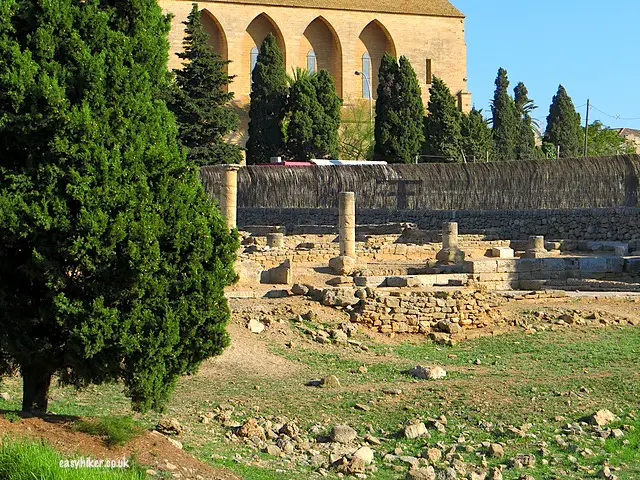
There is little left today of these ancient Roman buildings: the walls that surround Alcudia’s Old Town are from the 14th century …
… as is the town’s layout.
Even the name no longer echoes Alcudia’s Roman roots: it comes from the Arabic, meaning “town on the hill” – the Romans had called their city Pollentia, a name that was later “usurped” by the much younger town of Pollenca a few kilometres to the west.
We did not know any of this when we arrived in Port d’Alcudia, but as soon as we learned about the town’s chequered history, we simply had to see the old village.
Coincidentally, the weekly market (on Tuesdays) was held on the morning of our departure day, and a brief excursion –a walk around the ramparts, a bit of shopping and a last coffee in the warm Mallorcan sunshine – was the perfect programme for our last hours on the island.
The market day in Alcudia is very busy – the rest of the week, the town must feel very different – but if you like to experience towns at their liveliest, they are probably the perfect time for a visit.

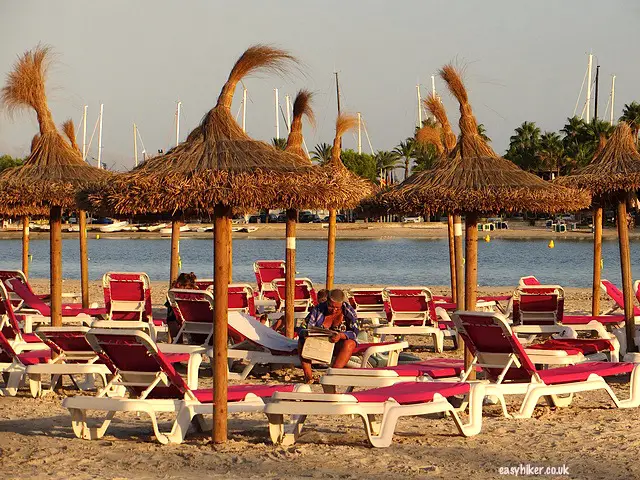
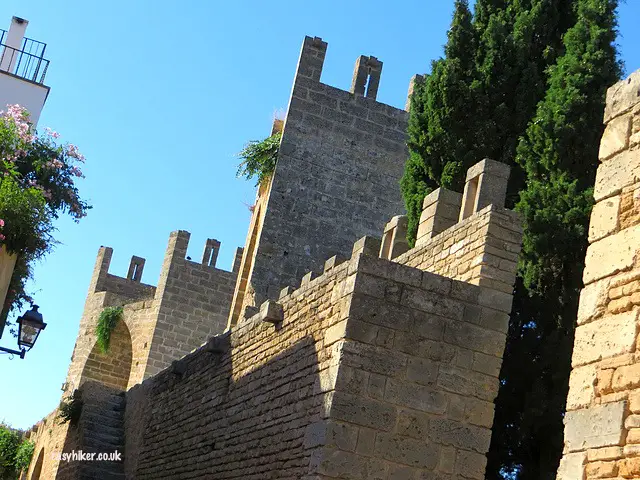

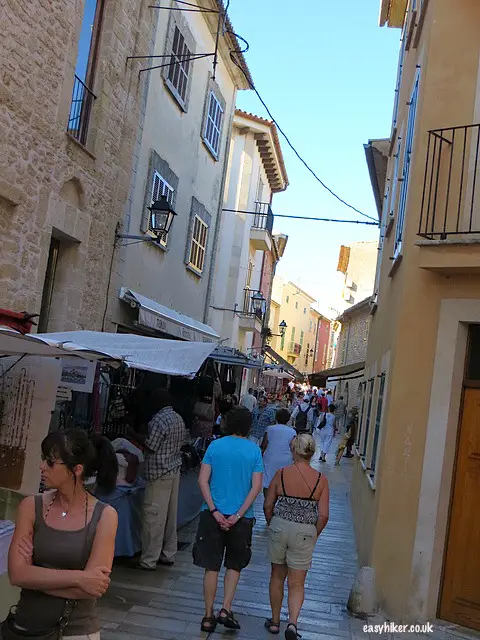
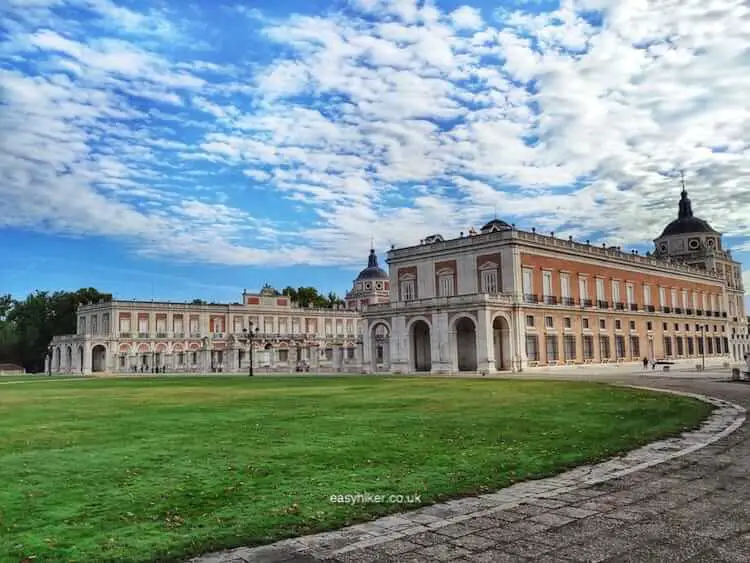
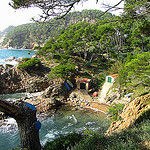
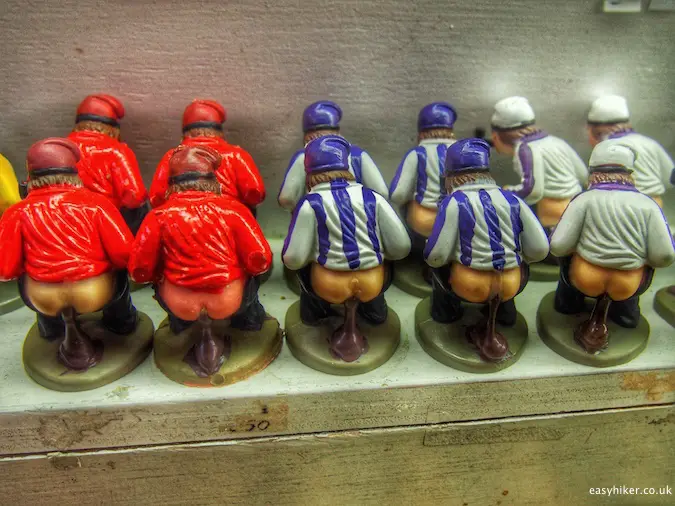
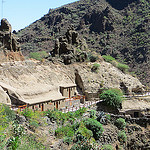
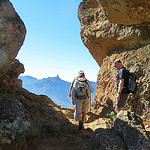

I love markets like these and the old parts of a town. What a great place to get lost in. It’s too bad there’s not much left of the ruins. I hope some of the tourists also manage to explore the towns behind the resorts. Beautiful images!
Sam, even without the open-air market, Alcudia has quite a number of shops that are interesting, as Mrs Easy Hiker can vouch for.
I’d love to explore there – the streets look just like the kind I love to follow, get lost upon, and then wind my way back to where I started.
Alcudia was one of our favourite towns on Mallorca – shame we didn’t get to see the market; it was indeed very quiet when we were there.